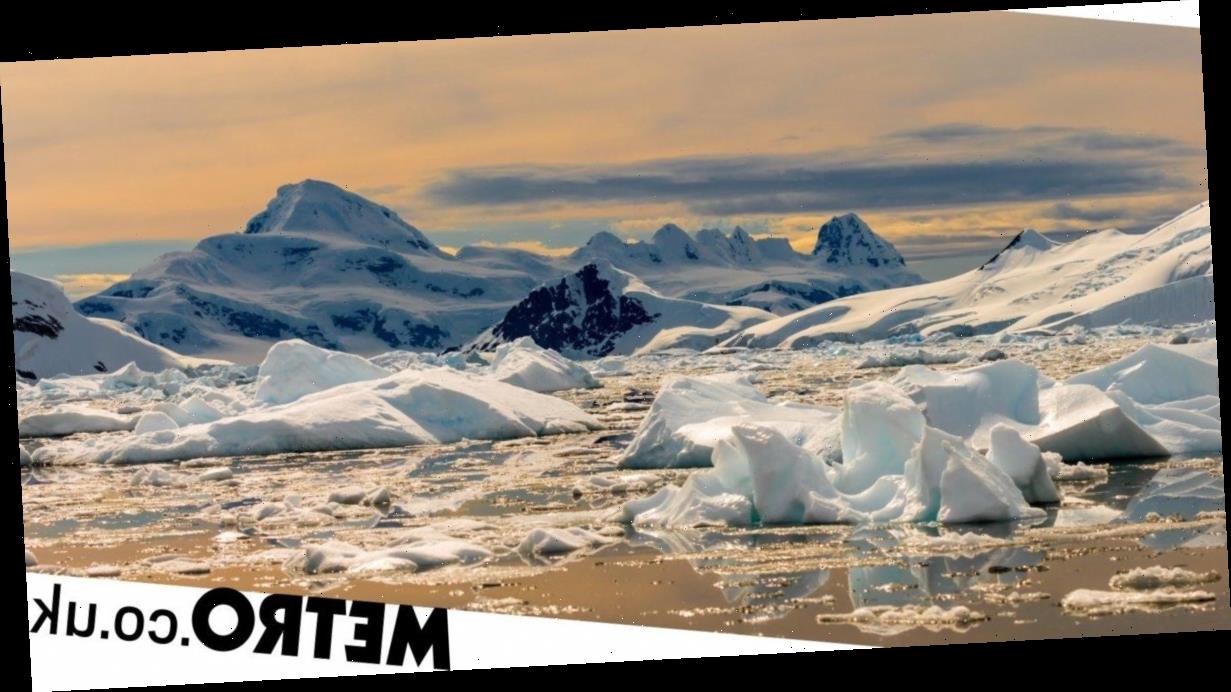Melting ice from Antarctica and Greenland’s shrinking ice sheet has been responsible for a 14mm (0.55in) rise in sea level since 2003, scientists said.
The study used an advanced Earth-observing satellite launched by US space agency Nasa which bounces laser pulses off the ice surface to help measure changes in the Greenland and Antarctic ice sheets over 16 years.
If found the loss of ice from Antarctica and Greenland outweighs gains from accumulated snow.
As a result, the two regions are responsible for 14mm (0.55in) of sea level rise in the global oceans since 2003, the study published in the journal Science found.
The findings come from Nasa’s Ice, Cloud and land Elevation Satellite 2 (ICESat-2), which was launched into orbit in autumn 2018 and began taking detailed global height measurements, including over the Earth’s frozen areas.
A team led by researchers at the University of Washington compared the data with measurements taken by the original ICESat from 2003 to 2009, to see what has been happening to the ice in Antarctica and Greenland.
Lead author Benjamin Smith, a glaciologist at the University of Washington, said: ‘If you watch a glacier or ice sheet for a month, or a year, you’re not going to learn much about what the climate is doing to it.
‘We now have a 16-year span between ICESat and ICESat-2 and can be much more confident that the changes we’re seeing in the ice have to do with the long-term changes in the climate.
‘And ICESat-2 is a really remarkable tool for making these measurements. We’re seeing high-quality measurements that carpet both ice sheets, which let us make a detailed and precise comparison with the ICESat data.’
The study found that Greenland’s ice sheet lost an average of 200 billion tonnes of ice per year, and Antarctica’s ice sheet lost an average of 118 billion tonnes.
Just one billion tonnes of ice is enough to fill 400,000 Olympic-sized swimming pools.
In Greenland, coastal glaciers have thinned, with warmer summer temperatures melting ice from the surface of the glaciers and ice sheets, and in some places warmer sea water eroding the ice at the front of the glaciers.
In Antarctica, the ice sheet is getting thicker in parts of the interior of the continent, which the scientists think is likely to be the result of increased snowfall, but it is being outweighed by losses around the coasts.
There, floating ice shelves are melting as a result of warmer oceans, which is letting more ice from glaciers and ice sheets behind flow out into the ocean, the researchers said.
Source: Read Full Article

